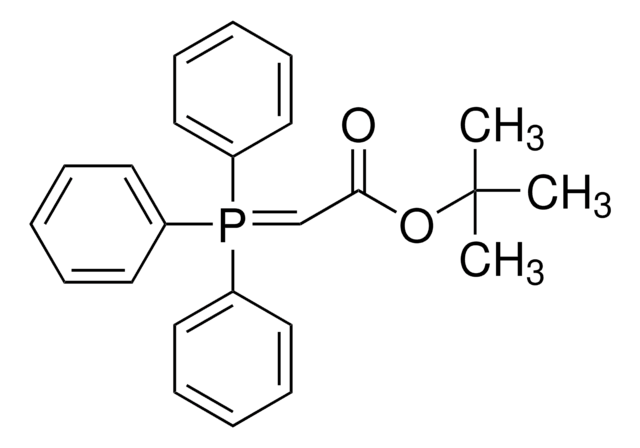Solubility and solution stability are not tested internally, but literature and other suppliers indicate that when stored at -80°C, the stock solution should be used within 6 months, and when stored at -20°C, it should be used within 1 month. However, due to the lack of internal testing, this cannot be guaranteed.
161527
Sodium hydrosulfide hydrate
Seleccione un Tamaño
Seleccione un Tamaño
About This Item
flakes
Productos recomendados
form
chips
flakes
Quality Level
concentration
≥60% (by Na2S2O3, titration)
mp
52-54 °C (lit.)
SMILES string
[Na]S.[H]O[H]
InChI
1S/Na.H2O.H2S/h;2*1H2/q+1;;/p-1
InChI key
ZNKXTIAQRUWLRL-UHFFFAOYSA-M
¿Está buscando productos similares? Visita Guía de comparación de productos
General description
Application
signalword
Danger
hcodes
Hazard Classifications
Acute Tox. 3 Oral - Aquatic Acute 1 - Skin Corr. 1B
Storage Class
6.1D - Non-combustible acute toxic Cat.3 / toxic hazardous materials or hazardous materials causing chronic effects
wgk_germany
WGK 3
flash_point_f
194.0 °F - closed cup
flash_point_c
90 °C - closed cup
Elija entre una de las versiones más recientes:
¿Ya tiene este producto?
Encuentre la documentación para los productos que ha comprado recientemente en la Biblioteca de documentos.
Los clientes también vieron
-
Which storage conditions do you recommend once the product is diluted (for short- and long-term storage)?
1 answer-
Helpful?
-
-
How is shipping temperature determined? And how is it related to the product storage temperature?
1 answer-
Products may be shipped at a different temperature than the recommended long-term storage temperature. If the product quality is sensitive to short-term exposure to conditions other than the recommended long-term storage, it will be shipped on wet or dry-ice. If the product quality is NOT affected by short-term exposure to conditions other than the recommended long-term storage, it will be shipped at ambient temperature. As shipping routes are configured for minimum transit times, shipping at ambient temperature helps control shipping costs for our customers. For more information, please refer to the Storage and Transport Conditions document: https://www.sigmaaldrich.com/deepweb/assets/sigmaaldrich/marketing/global/documents/316/622/storage-transport-conditions-mk.pdf
Helpful?
-
-
How can I determine the shelf life / expiration / retest date of this product?
1 answer-
If this product has an expiration or retest date, it will be shown on the Certificate of Analysis (COA, CofA). If there is no retest or expiration date listed on the product's COA, we do not have suitable stability data to determine a shelf life. For these products, the only date on the COA will be the release date; a retest, expiration, or use-by-date will not be displayed.
For all products, we recommend handling per defined conditions as printed in our product literature and website product descriptions. We recommend that products should be routinely inspected by customers to ensure they perform as expected.
For products without retest or expiration dates, our standard warranty of 1 year from the date of shipment is applicable.
For more information, please refer to the Product Dating Information document: https://www.sigmaaldrich.com/deepweb/assets/sigmaaldrich/marketing/global/documents/449/386/product-dating-information-mk.pdfHelpful?
-
-
Can the waters of hydration be removed in vacuo or with a dessicant, or will the NaSH decompose without the waters of hydration?
1 answer-
A desiccant may not be effective in the removal of the water of hydration. There is binding energy between the anhydrous material and water; it is unknown if any water of hydration can be removed using a desiccant alone. Heating under vacuum may be an option, however the temperature would have to be validated empirically. A brief search of the literature reveals some discussion regarding this matter and the use of dry solvents with activated molecular sieves at the ResearchGate website. See the link below to review:
https://www.researchgate.net/post/Drying-Hydrates-over-activated-Molecular-SievesHelpful?
-
-
What are the impurities in Product 161527, Sodium hydrosulfide hydate?
1 answer-
The impurities are sodium sulfide, water, sodium sulfoxide, sodium carbonate and iron.
Helpful?
-
-
What is the sodium hydrosulfide (NaHS) content for Product 161527, Sodium hydrosulfide hydate?
1 answer-
The NaHS content of this product is typically about 70%. The value for each lot is reported on the Certifcate of Analysis (CofA).
Helpful?
-
-
What is the typical water content of Product 161527, Sodium hydrosulfide hydate? That is, how many waters of hydration?
1 answer-
Product No. 161527 is typically a sesquihydrate, meaning 1.5 moles of water per mole of NaHS.
Helpful?
-
-
What is the Department of Transportation shipping information for this product?
1 answer-
Transportation information can be found in Section 14 of the product's (M)SDS.To access the shipping information for this material, use the link on the product detail page for the product.
Helpful?
-
Active Filters
Nuestro equipo de científicos tiene experiencia en todas las áreas de investigación: Ciencias de la vida, Ciencia de los materiales, Síntesis química, Cromatografía, Analítica y muchas otras.
Póngase en contacto con el Servicio técnico










